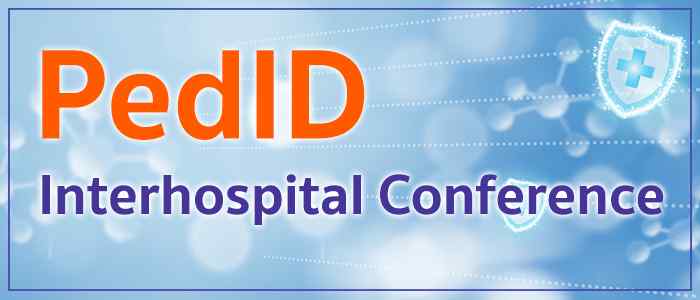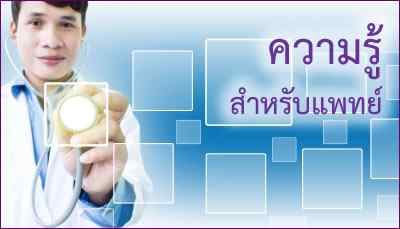

To link to this article: http://dx.doi.org/10.1080/20469047.2017.1281873
ABSTRACT
In 1988, the generalised HIV/AIDS epidemic in Thailand began and in the same year the firstHIV-exposed infant in Thailand was born at King Chulalongkorn Memorial Hospital, Bangkok.From the early to mid-1990s, an epidemic wave of HIV-infected women and infants occurred.Heterosexual HIV transmission, as described in the Asian Epidemic Model, was the majormode of spread in Thailand, causing an increasing number of HIV-infected pregnant women.The early and concerted multi-sectoral response of Thai society reduced the prevalence of HIVinfection in pregnant women from 2% in the mid-1990s to 0.6% in 2015 and mother-to-childtransmission of HIV (MTCT) from an estimated 20–40% to 1.9%. Thus, Thailand became the firstAsian country to achieve the World Health Organization’s (WHO) targets for the elimination ofMTCT. In this narrative review, the key historic evolutions of the science and policy of preventionof mother-to-child transmission of HIV (PMTCT) in Thailand that addressed the four prongs ofthe recommended WHO PMTCT strategy are described, and the lessons learned are discussed.

ชั้น 9 อาคารเฉลิมพระบารมี 50 ปี
เลขที่ 2 ซอยศูนย์วิจัย ถนนเพชรบุรีตัดใหม่ แขวงบางกะปิ เขตห้วยขวาง กรุงเทพฯ 10320
Tel: 02-716-6534 FAX: 02-716-6535 E-Mail: webmaster@pidst.or.th, info@pidst.or.th


















